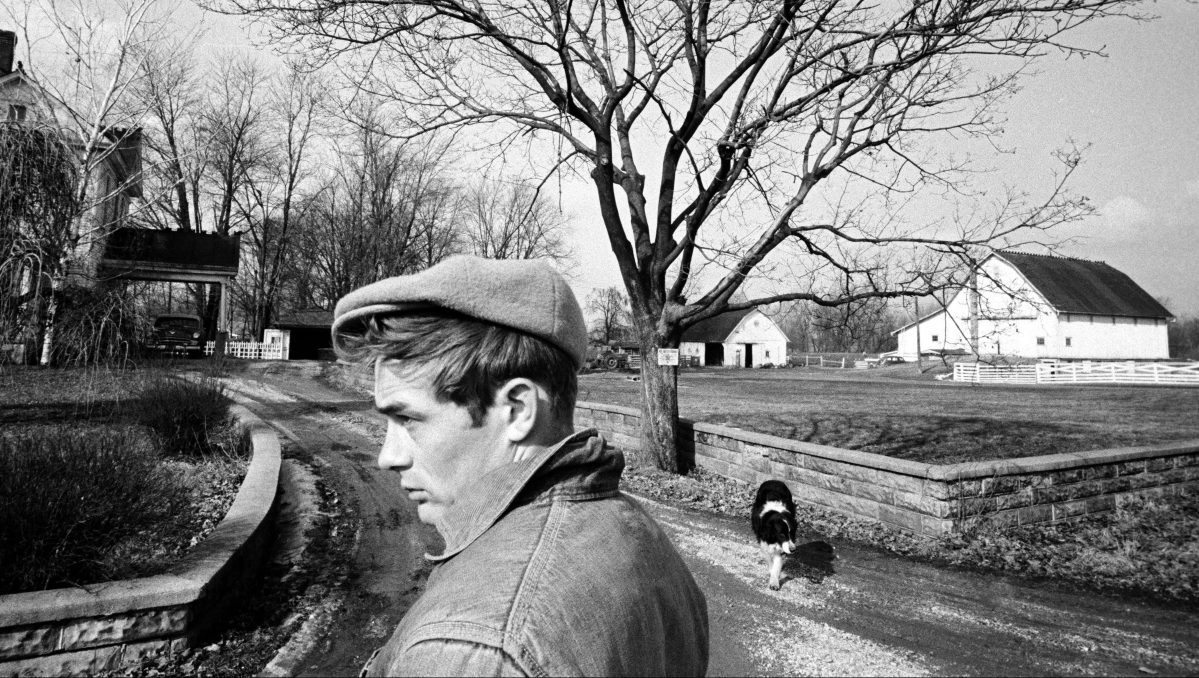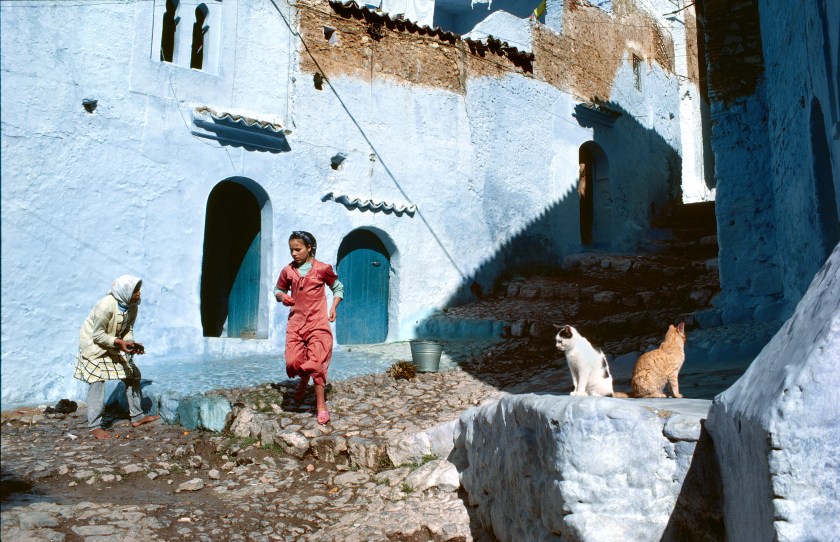
The connection between photographer and subject is a vital element in the power of an individual photograph. In turn, the image has the power to inspire, inform, and communicate human engagement.
As Magnum Photos approaches its 70th anniversary, the agency explores the engagement at the heart of documentary photography through a square print project, inspired by the work of David “Chim” Seymour. After all, it was Henri Cartier-Bresson that said, “Chim picked up his camera the way a doctor takes his stethoscope out of his bag, applying his diagnosis to the condition of the heart.”
Over 40 Magnum photographers respond to the theme “Conditions of the Heart” with an image and text that speaks to this human connection. Their powerful visual authorship defines Magnum and its continued engagement with the stories that matter. See a sample of these works, along with comments from the photographer or representative, below.
Dennis Stock
“It was just after he had made East of Eden, but the film was not yet released. He stayed on the farm of his uncle Marcus Winslow with his relatives.”
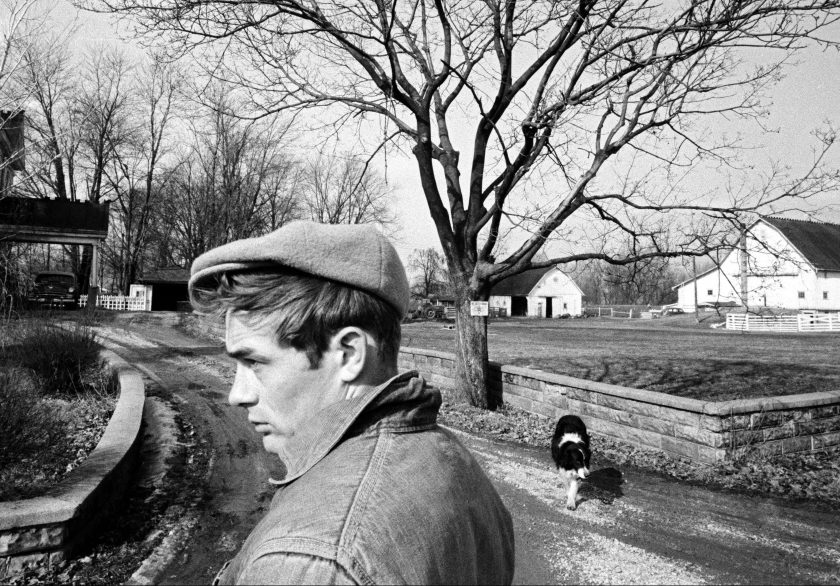
Inge Morath
“In an interview with director Gail Levin for her documentary, Making ‘The Misfits’ (2002), Morath recalled the difficulty of photographing actors such as Monroe, who ‘knew all the tricks about how to pose.’ The photographer’s task was to capture how they worked, the element of surprise that they delivered to a scene, without getting in the way. What she wanted, Morath told Levin, was to photograph ‘the unposed person,’ so she watched and waited for the actor to expose his or her vulnerability.” —John P. Jacob, ‘Inge Morath: On Style,’ Abrams, 2016
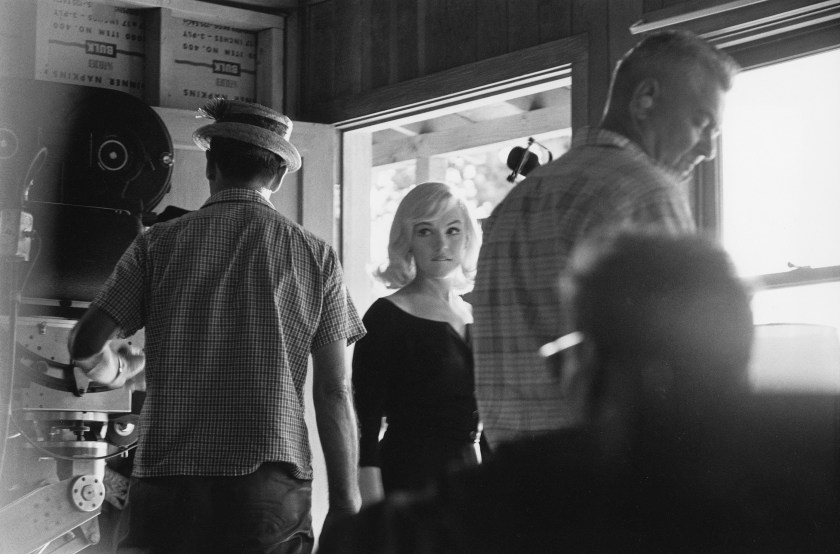
Steve McCurry
“I photographed these elephants and their mahouts at a rescue sanctuary in Chiang Mai, Thailand. The mahouts dedicate their lives to caring for a specific elephant, spending their days and nights tending to all of the elephant’s needs.”
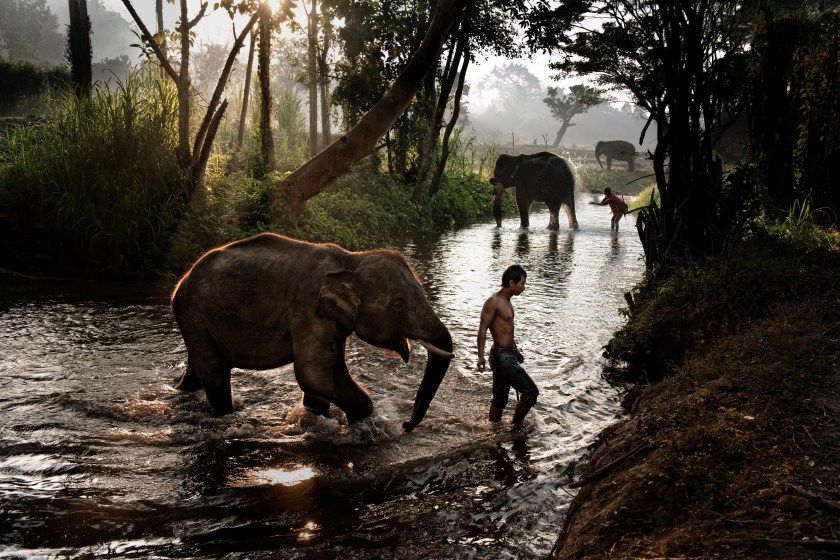
Jonas Bendiksen
“I took this picture in Qikiqtarjuaq, Nunavut, a small village in Northern Canada. At the time, in 2004, I was on a photography assignment for a German magazine. While the location itself was magnificent, a surreal piece of urbanity dropped into vast white wilderness, the story the magazine was running was quite dark. Along with a journalist, I had been sent to try to understand the community’s many social issues. Different generations were struggling to understand one another, as the emergence of the internet, TV, substance abuse and general feelings of isolation challenged traditional practices such as hunting and fishing. During the two weeks I was there, I struggled with my role as a complete outsider, as I had been sent to observe what felt like very private matters. At the same time, I was enamored as I watched the rituals of daily life unfold amidst all the stark and awesome beauty around us.”
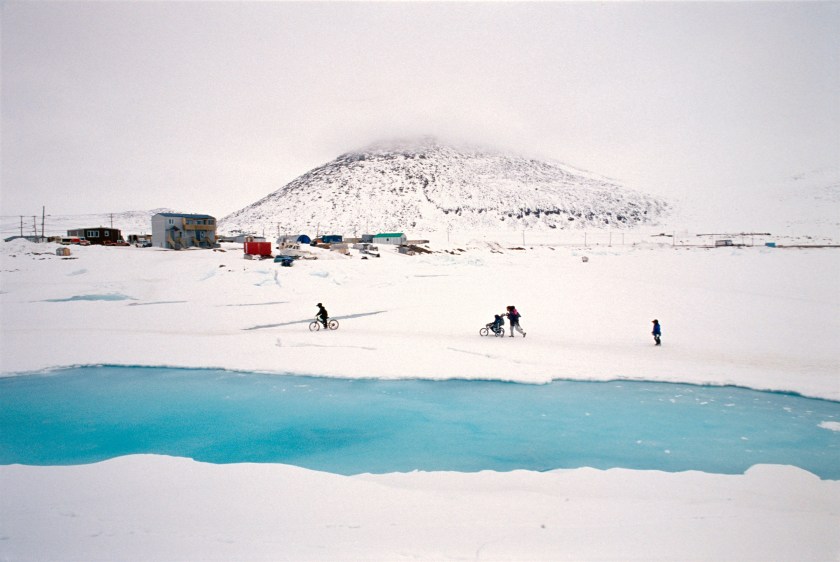
Peter van Agtmael
“I met Raymond Hubbard in the fall of 2007, in Washington D.C. At the time, he was recovering at Walter Reed Army Medical Center, after having lost his left leg in Iraq the previous summer. I had been covering Iraq and Afghanistan intensely for nearly two years and needed a break. I was attracted to Raymond’s intelligence and charisma, and we began hanging out. I was a bit shy of photographing him at first. After a while, he snorted, rolled his eyes at my transparent hesitation and invited me to photograph what I wanted, how I wanted. We began spending a lot of time together. A few months after we met, he was discharged from the hospital and moved back to his small hometown of Darien, Wisconsin. I joined him out there a few weeks later. We partied together, smoked too many cigarettes and talked intimately. One day he asked for a family portrait. He loved Star Wars and wanted to pose with his sons and lightsabers. We went to a nearby cornfield at dusk and took a few photos. I wish I had taken more. Sometimes I mark time through this photograph.”
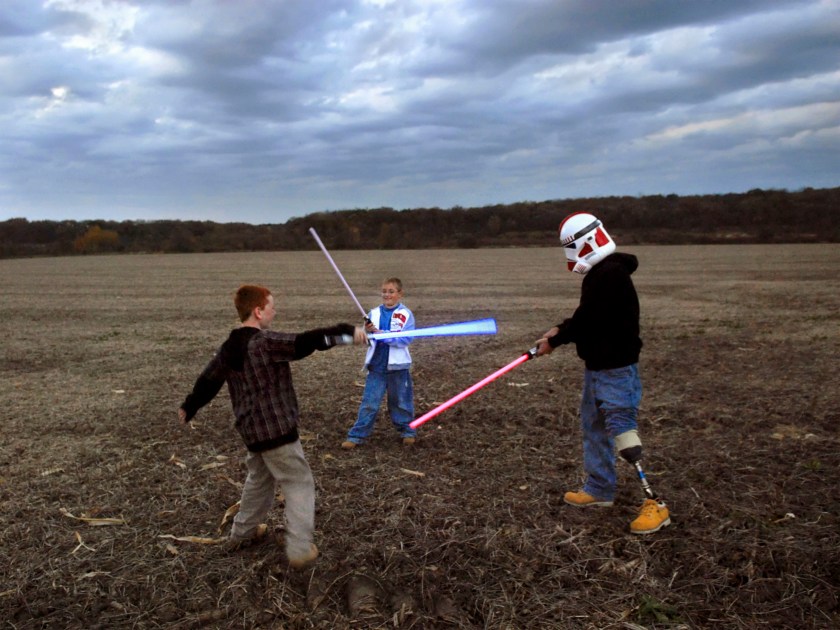
Ian Berry
“I was given a magazine assignment to photograph Jane Birkin and Serge Gainsbourg. Knowing that singers and actors can occasionally be difficult, I anticipated problems. In fact, this was not at all the case. They were warm, friendly, and generally terrific. I spent the whole day with them, and they were totally relaxed, obviously in a great relationship. They attempted in no way to direct or influence what I was shooting, which made my life very easy.”
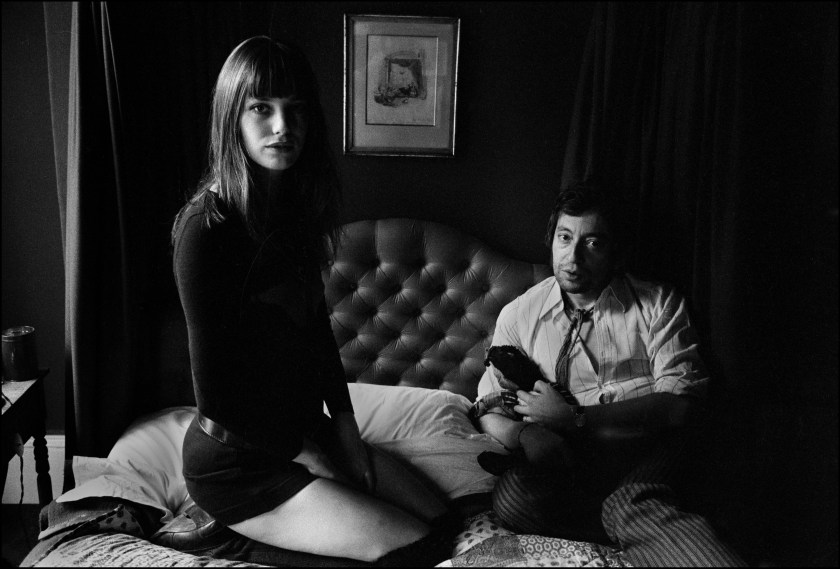
David Seymour
Here, Seymour captures a fleeting moment with a young Audrey Hepburn in 1956. The Dutch actress has just won an Academy Award for her work in Roman Holiday, and was receiving praise for Sabrina at the time. Seymour would later write on the need to break boundaries in order to document the history: “We are only trying to tell a story. Let the 17th-century painters worry about the effects.”
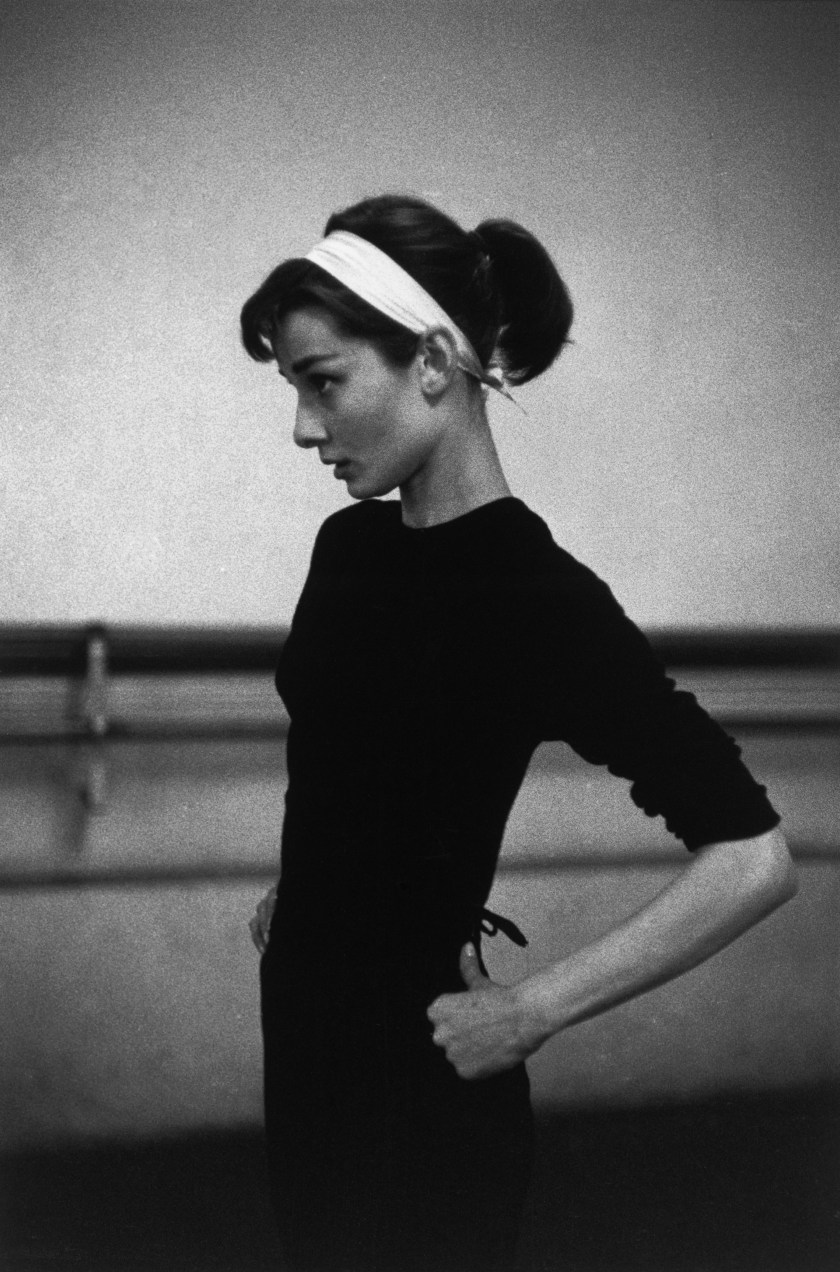
Christopher Anderson
“I was assigned to photograph the artist Chuck Close for The New York Times Magazine. There have been so many images of Chuck made over the years. There are also, of course, Chuck’s paintings of himself, and many of the photographs made of him tend to reference these paintings….I knew that I wanted to make a photograph that didn’t mimic Chuck’s work. I wanted to feel his presence in the image. I wanted to sense the passage of time on his face and his isolation, without actually seeing the wheelchair. Intimacy and empathy go hand in hand.”
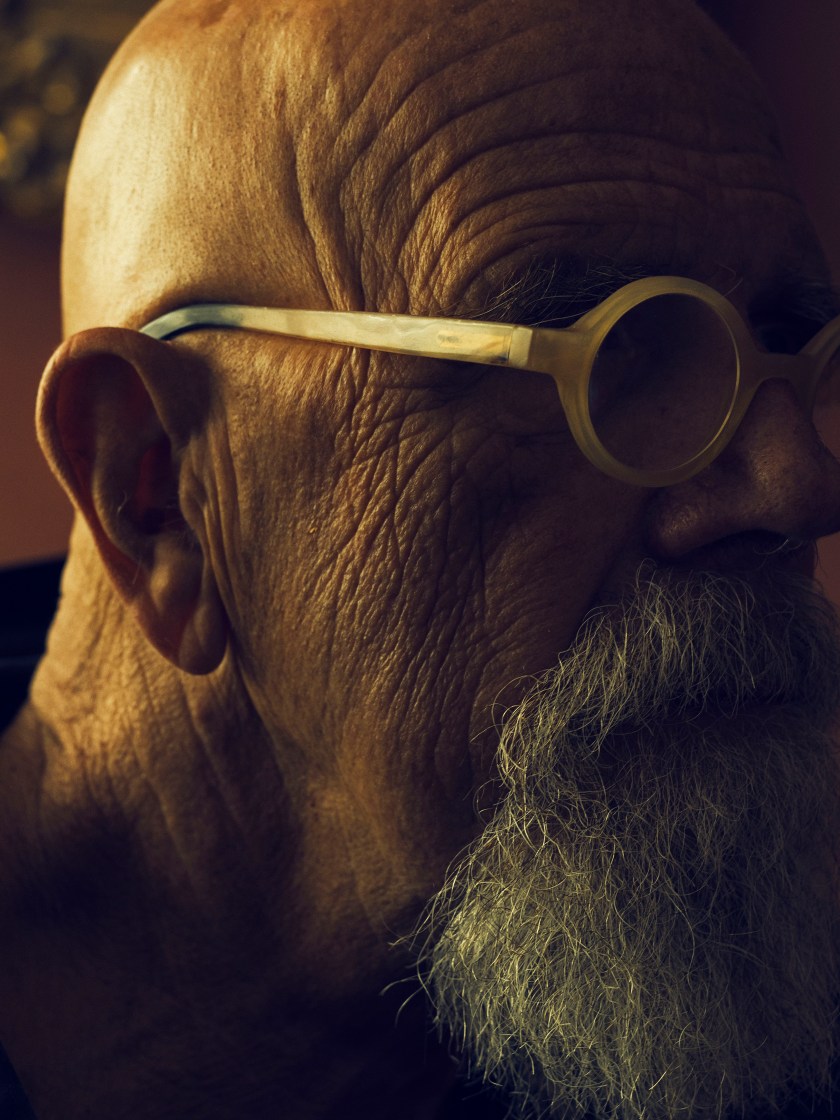
Shedding light on our collective humanity, these images and text demonstrate why photography remains so important today. The museum-quality 6′ by 6′ prints are signed and estate stamped. The photos are on sale from Oct. 31, 8 a.m. to Nov. 4, 6 p.m. EST for $100 each.
You can view the entire offering by heading to Magnum Photos online store here.
This article was featured in the InsideHook newsletter. Sign up now.
